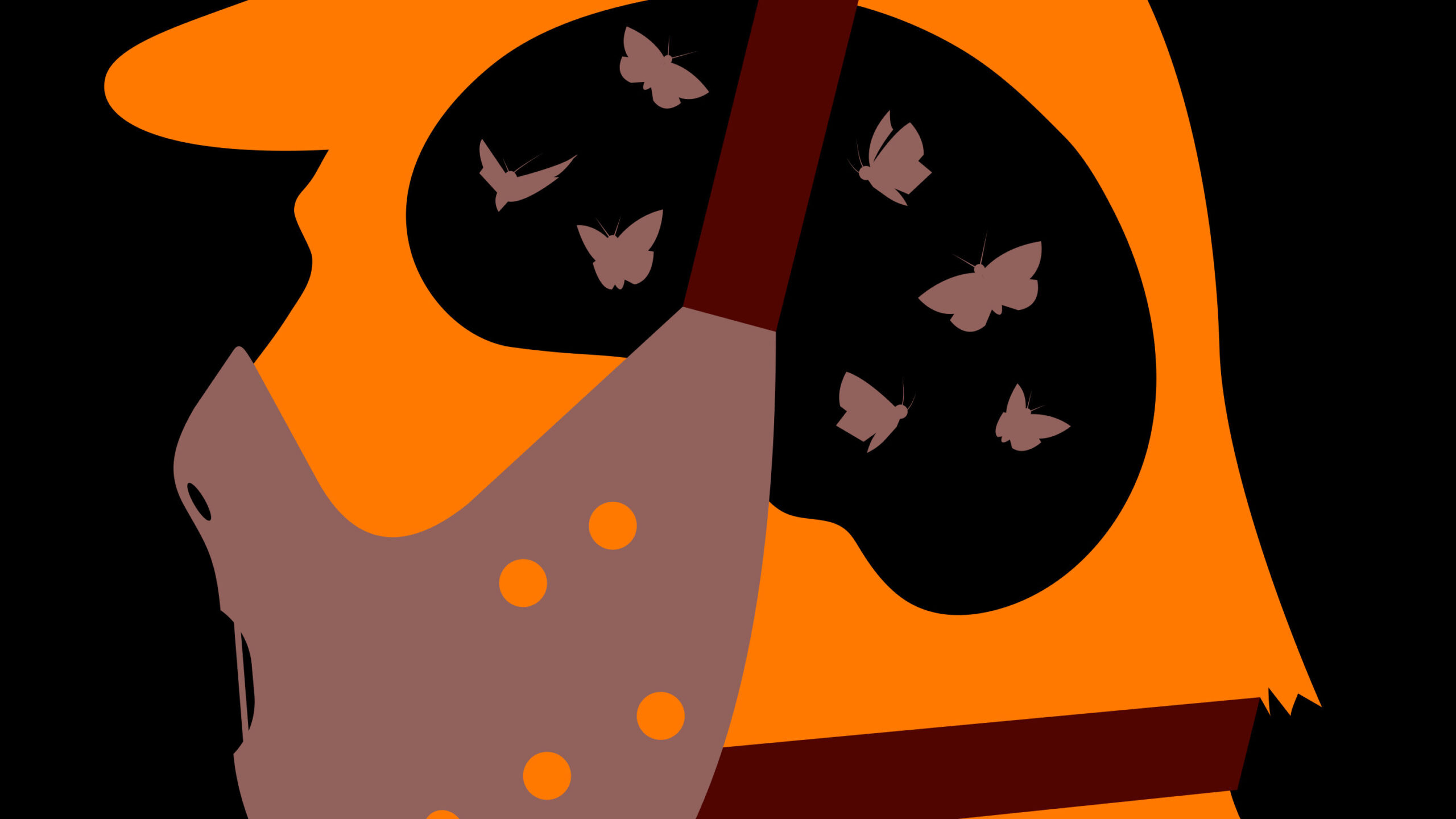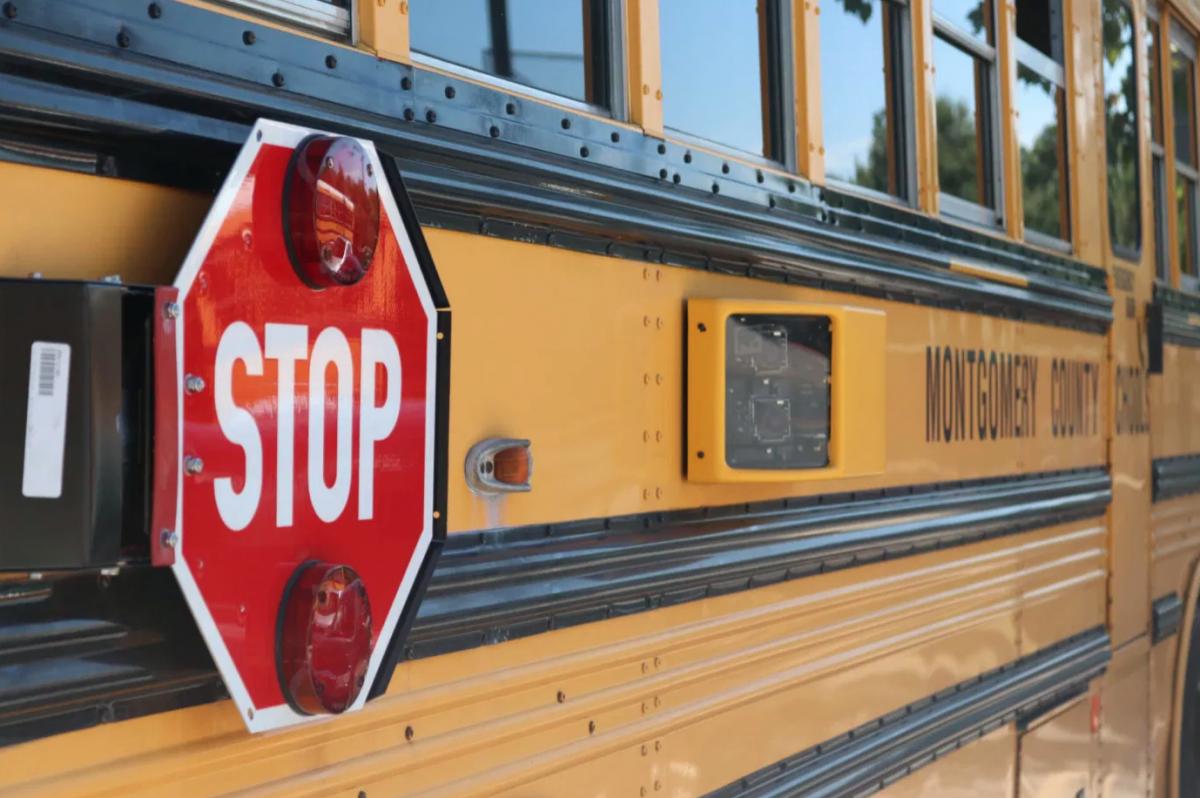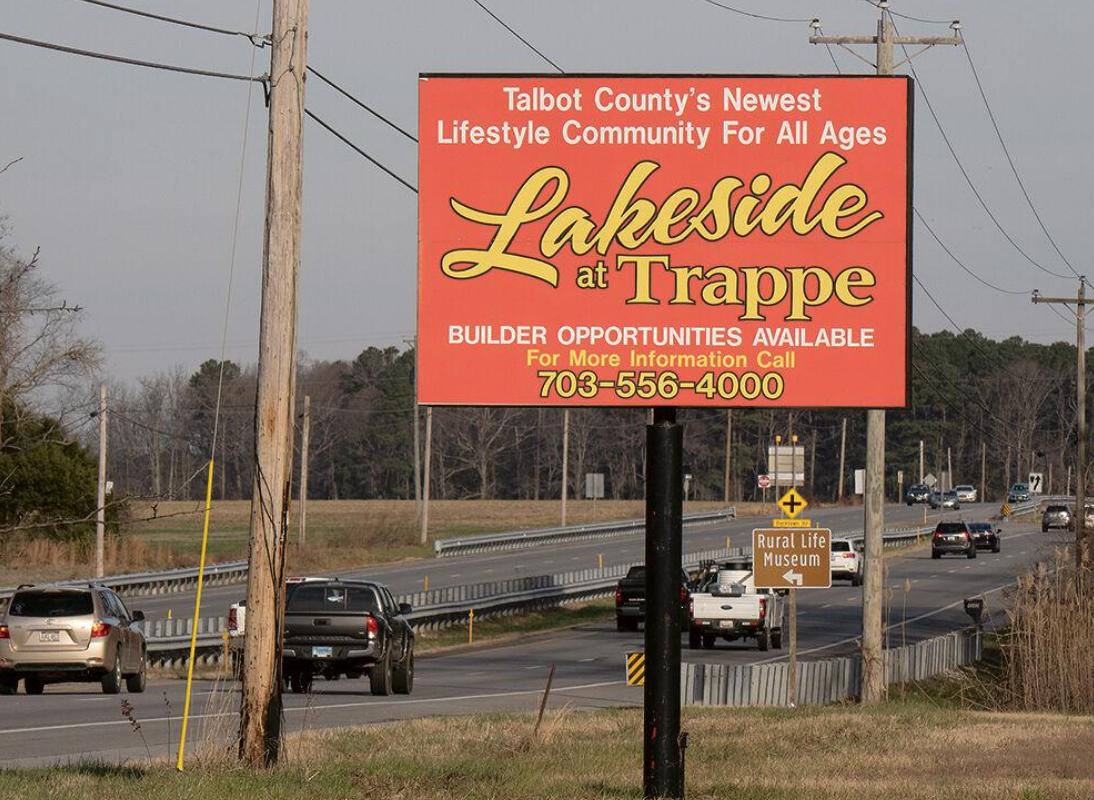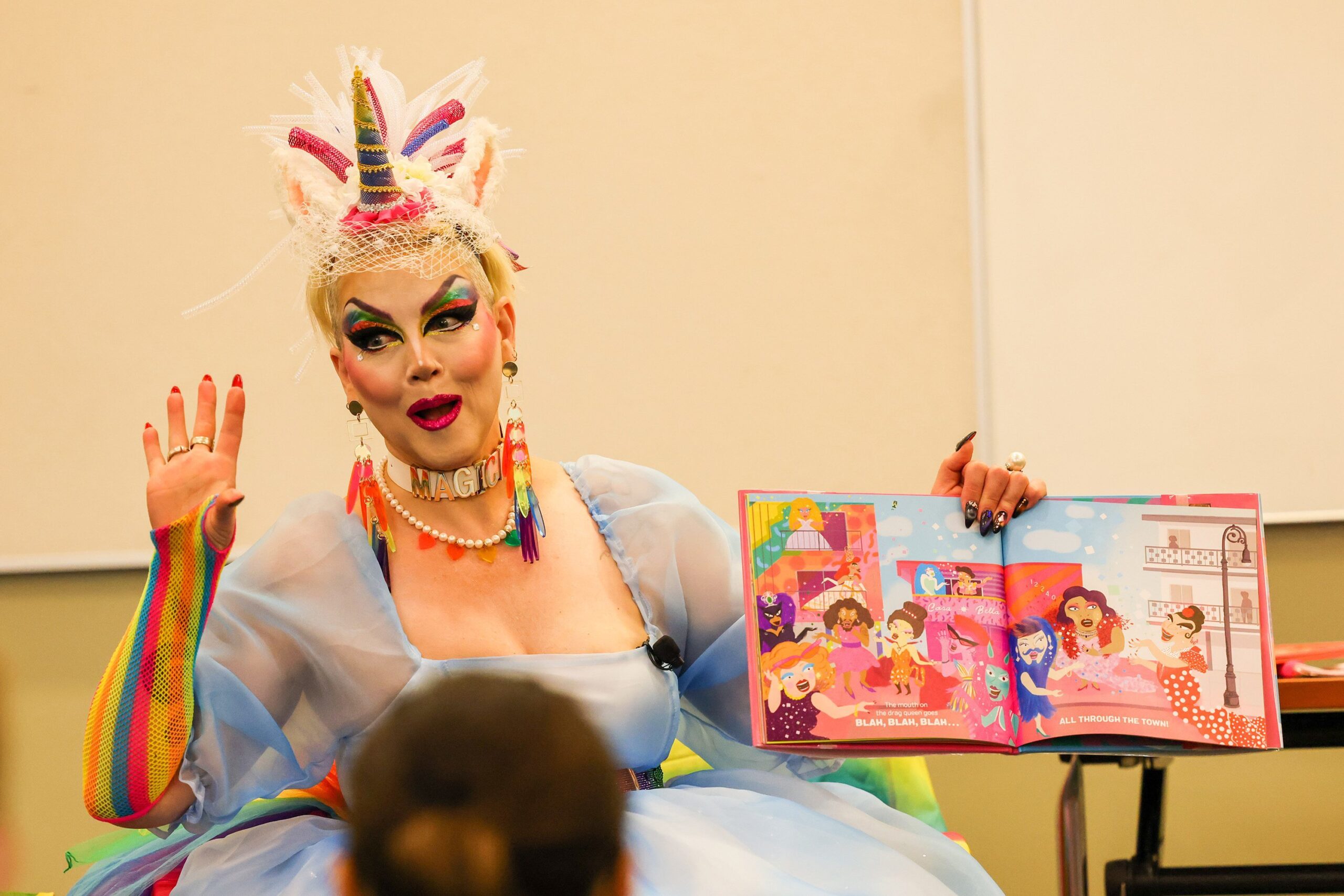Someone recently suggested in the Spy that we don’t know who we are electing, really. We know the candidates’ names, but they are only the figureheads. Maybe there is a mysterious cabal pulling strings behind the scenes?
I understand that line of reasoning. I believe we will be electing more than just a president. Coming along with each candidate is a vice president and many advisors. In one case we have a candidate who has overseen myriad positive developments for the past 3.5 years. On the other hand we have a candidate who has spent the past 3.5 years gaming our legal system and still been convicted of felonies.
Along with one candidate will come the likes of Steve Bannon, Rudy Giuliani, Marjorie Taylor Green and Stephen Miller. With the other candidate will come the likes of Kamala Harris, Jamie Raskin, Gretchen Whitmer and Hakeem Jeffries.
Recently, Joe Biden made a very good speech opening the NATO conference, and later held a successful news conference where he clearly articulated his knowledge of domestic and foreign affairs. During that same time Donald Trump made a speech at his Florida golf club where among other things he mocked Jill Biden, jeered that Joe Biden had undergone many botched face lifts and has really bad hair and looks revolting in a bathing suit, and called Chris Christie a fat pig. And yesterday he met with Victor Orban, strongman of Hungary and political ally of Putin.
I believe that there are enough Republicans and Independents who do not want a juvenile like Trump (and his criminal cronies) to be President so he can suck the Country dry for his own benefit. And who at least suspect that if he is elected he will not only go after women, minorities, LGBTQ folks and immigrants…no one will be safe from his twisted way of looking at people and the world.
We will elect not only a President but also the people who are drawn to him. I prefer Joe Biden’s orbit of thoughtful, intelligent, decent, and inclusive politicians and advisors.
Easton










